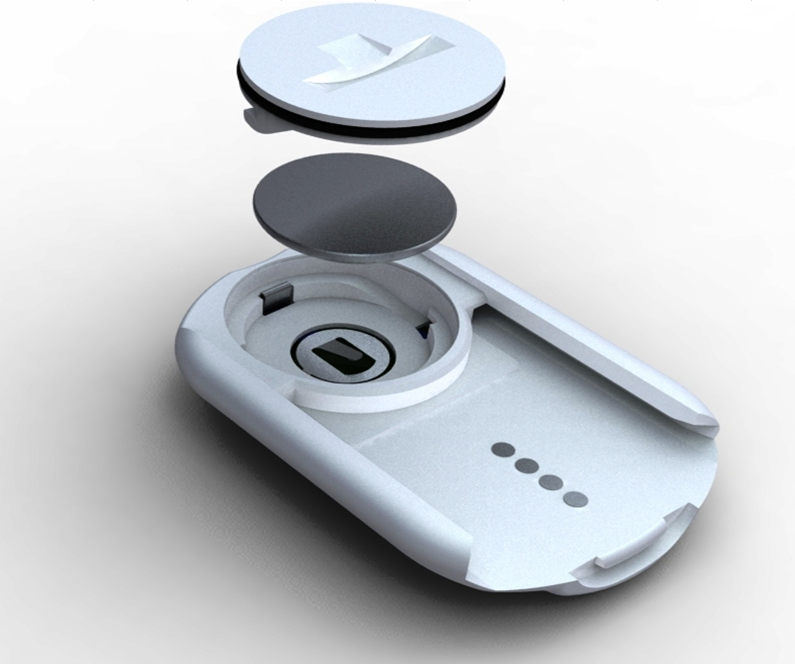Continuous Glucose Monitoring is an immensely useful tool for anyone with diabetes. Unfortunately the cost and complexity puts it out of reach of the majority, but these issues should change over time. Especially with the introduction of new technologies.
There are three major “CGM” systems available in Australia at the moment.
- Dexcom has their G5, with the G6 expected in 2019. Their G4 is still around (it shares the same sensors as the G5) with the old Animas Vibe pumps probably forming most of its userbase).
- Medtronic have their Guardian2 (as used by the 640G pump and Guardian Connect), with the Guardian3 (as used by the 670G pump) expected in 2019.
- Abbott have their Libre “flash” monitoring systems (which currently don’t have alarms and only give you readings after you scan, so can be seen as “retrospective CGM”). The Libre1 is around now, with the Libre2 being introduced in Europe at the moment and expected to reach Australia eventually.
Incidentally, the Libre1 is used by many people as a sensor for “full CGM” systems, using devices such as the MiaoMiao or Nightrider to connect it via Bluetooth to the Spike and xDrip+ apps.
There are other CGMs around in the world of course.
- Eversense
This is Roche’s implanted CGM which I’ve written about previously. - Medtrum
This Chinese CGM is associated with their patch pump but can be used separately. It is available in Europe, where it has not received good reviews. - POCTech
 The CT-100 CGM is the result of a Stanford Uni thesis. No US investors were found, the researcher then moved back to China, and it’s now under the POCTech brand.
The CT-100 CGM is the result of a Stanford Uni thesis. No US investors were found, the researcher then moved back to China, and it’s now under the POCTech brand.
The system is immune to interference by drugs such as paracetamol, uses a replaceable CR1620 battery in the transmitter, and wants to be calibrated once daily. I know some people who have been using it, and it definitely sounds interesting!
 In today’s news, Ascensia (the people behind the Contour Next BG meters) have announced a global partnership with POCTech to market the CGM as well as develop future products.
In today’s news, Ascensia (the people behind the Contour Next BG meters) have announced a global partnership with POCTech to market the CGM as well as develop future products.
We don’t yet know which the first 13 countries its going to be introduced are (although it’s a safe bet that most of those are in Europe) but it’s going to be interesting to watch its development. Product will apparently be hitting the market in 2019. Maybe it might filter through to Australia at some point!

